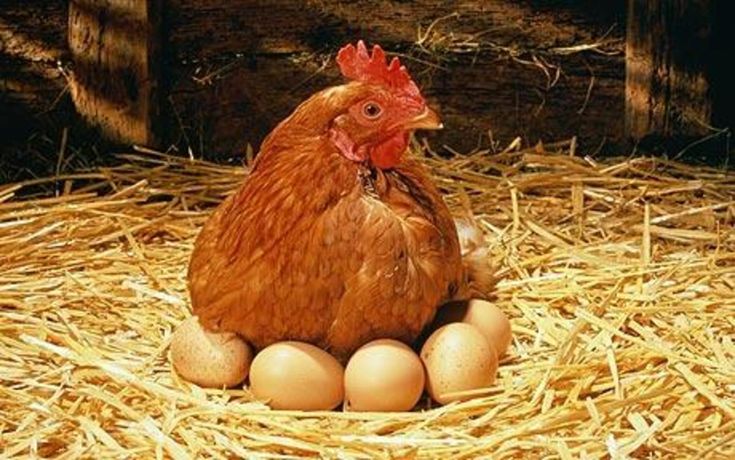For chicken keepers, maintaining a clean and comfortable environment in the coop is essential. A key aspect of this is knowing how often to change nesting box bedding. This is crucial not only for the health and well-being of your hens but also for optimal egg production.

Understanding the Importance of Nesting Box Bedding
Nesting box bedding plays a vital role in providing a soft and warm place for hens to lay their eggs. It’s important to choose the right materials, such as straw, hay, or pine shavings, to ensure comfort and cleanliness. For a detailed look at nesting box designs and materials, check out this helpful guide.
How Often Should You Change Nesting Box Bedding?
The frequency of changing nesting box bedding depends on several factors, including the number of hens and the type of bedding material used. Generally, it’s advisable to change the bedding at least once a week. However, some chicken owners might find it necessary to do so more frequently, especially if the coop has a high number of hens.
Factors Influencing Bedding Change Frequency
- Number of Chickens: More hens mean more droppings, which can soil the bedding quickly.
- Coop Ventilation: Proper airflow can help keep the bedding dry and clean longer.
- Weather Conditions: Wet and humid weather can hasten the need for a bedding change.
Signs That It’s Time to Change the Bedding
Monitoring the condition of the bedding is important. Here are some signs that indicate it’s time for a change:
- Odor: A strong, unpleasant smell is a clear indicator that it’s time to refresh the bedding.
- Wetness: If the bedding feels damp, it’s essential to replace it to prevent bacteria growth.
- Appearance: Discolored or compacted bedding signals the need for a change.
How to Change Nesting Box Bedding
Changing the bedding in your nesting boxes is a straightforward process. Start by removing the old bedding and cleaning the box with a mild disinfectant. Once dry, add the fresh bedding of your choice. For more detailed instructions on building and maintaining a nesting box, visit building a chicken nesting box.
The Best Bedding Options for Nesting Boxes
Choosing the right bedding can make a big difference in the comfort and cleanliness of the nesting boxes. Here are some popular options:
- Straw: Soft and easy to replace, though it can harbor mites if not changed regularly.
- Pine Shavings: Absorbent and helps control odor but can be dusty.
- Hay: Similar to straw but generally more expensive.
Pros and Cons of Different Bedding Materials
Each type of bedding material has its advantages and disadvantages. It’s important to weigh these factors based on your specific needs and circumstances.
Maintaining a Healthy Environment for Your Hens
A clean nesting box is crucial for the health of your hens. Regularly changing the bedding minimizes the risk of disease and keeps your hens happy and productive. For signs that a hen is about to lay, refer to hen laying signs.
Additional Tips for Nesting Box Maintenance
Aside from regular bedding changes, consider these additional maintenance tips:
- Regular Cleaning: Clean boxes and replace bedding at least once a week.
- Check for Pests: Regularly inspect for mites or lice.
- Monitor Egg Production: Keep track of egg production to ensure your hens are healthy.
Conclusion
Knowing how often to change nesting box bedding is a key aspect of keeping a healthy chicken coop. By monitoring the condition of the bedding and the needs of your hens, you can create a comfortable and productive environment. For further reading on nesting box designs and maintenance, explore nesting box designs.

FAQ Section
1. What is the best material for nesting box bedding?
The best material often depends on your specific needs, but straw and pine shavings are popular choices for their absorbency and comfort.
2. Can I use sawdust as nesting box bedding?
Sawdust is not recommended as it can be too dusty and cause respiratory problems in chickens.
3. How can I prevent mites in the nesting box?
Regular cleaning and changing of bedding can help prevent mites. Additionally, using diatomaceous earth can be an effective preventive measure.
This article contains affiliate links. We may earn a commission at no extra cost to you.











